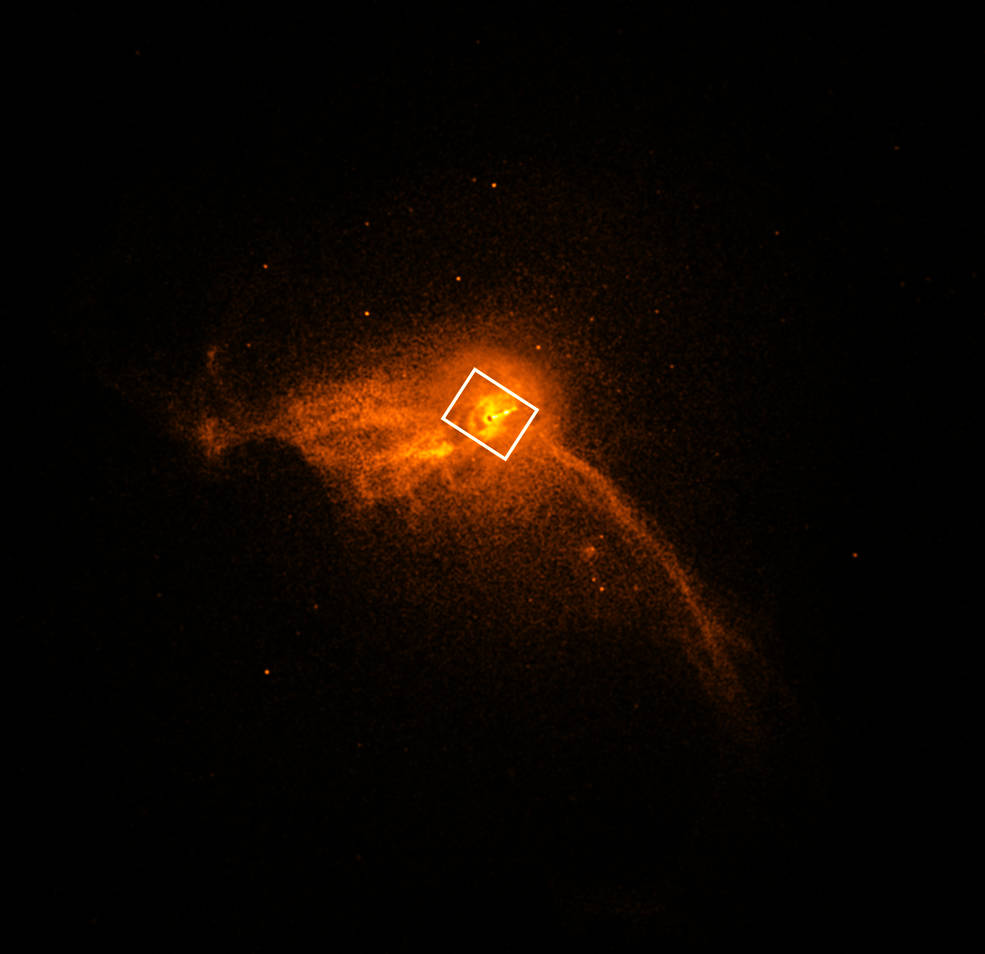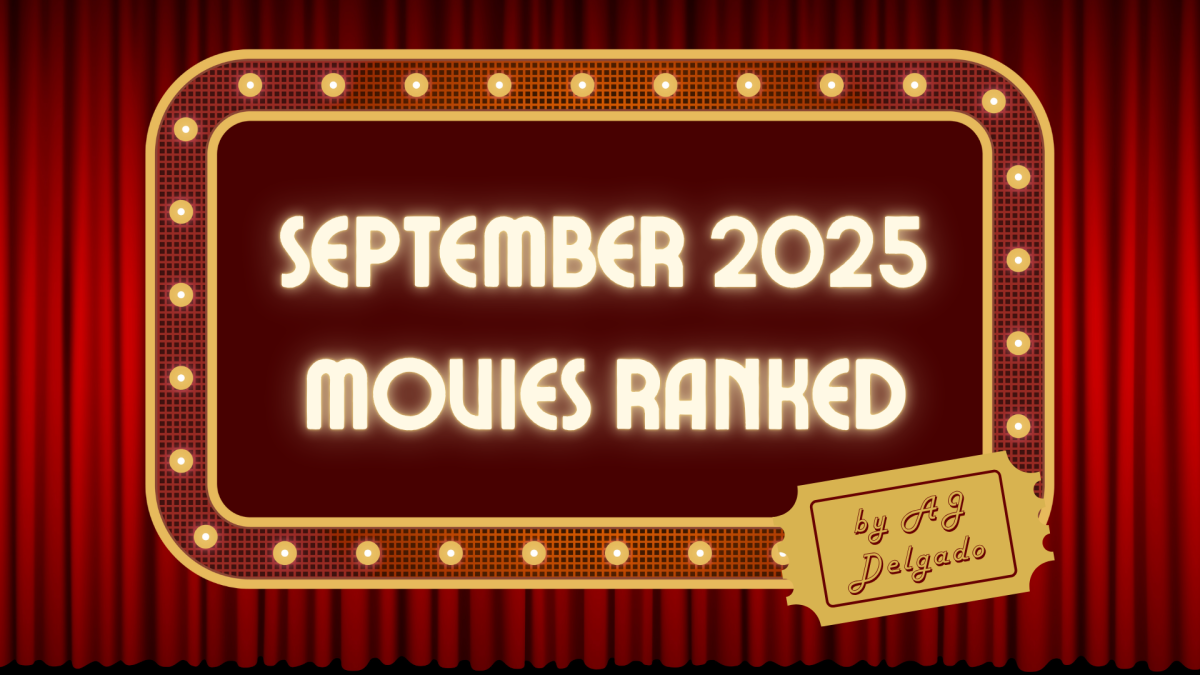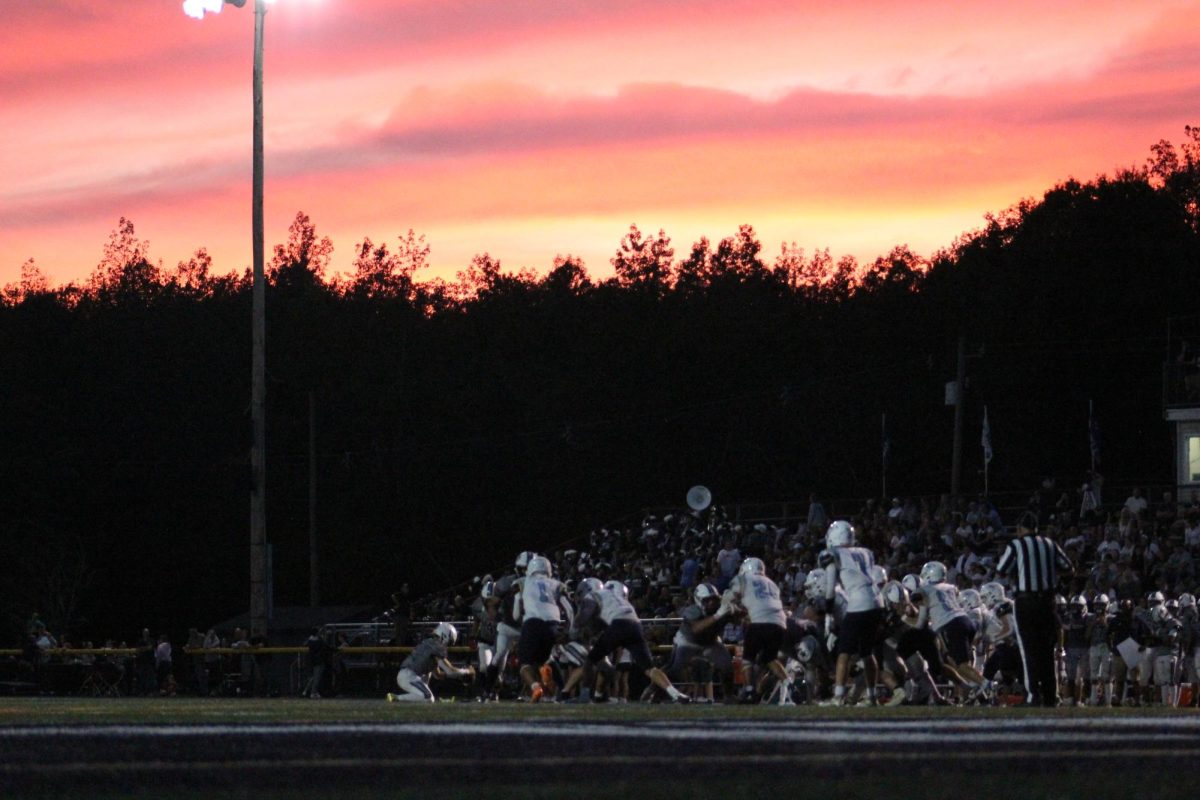The First Picture of a Black Hole
April 15, 2019
Black holes are often thought of as cosmic vacuums – but they’re actually quite misunderstood.
Black holes are extremely dense objects, born from the death of a star that is at least 2.8 times larger than our sun. This immense size and weight cause the star to collapse onto itself, forming a black hole with a singularity (a point of infinite density) at its center. The outside of a black hole, or the line you would theoretically have to pass to get sucked into the object and “spaghettify” (actual scientific term – the atoms in your body would tear apart until they stretched into a single string of atoms, like spaghetti) is called the event horizon. The actual science of black holes is extremely complex, but both the scientists and the casual observers can agree on one thing: black holes are weird. The gravitational pull of a black hole is so strong that not even light can escape it. These mysterious objects are observed as the center of galaxies, yet we can’t even see them; that is, until now.
 On April 10th, 2019, six papers in a special issue of The Astrophysical Journal Letters showcased a scientific breakthrough. Essentially, for the past two years telescopes all over the world have been working together to form one “event horizon telescope” whose missions is to record a black hole through radio waves These smaller telescopes were located on volcanoes in Hawaii, Mexico, mountains in Arizona, and the Spanish Sierra Nevada, the Chilean Atacama Desert, and Antarctica. After months of transporting data, analyzing the images, and merging them to form one picture, the scientists were finally able to publish the photograph of the black hole. The observed black hole is from the galaxy M-87, it’s 6.5 billion times the mass of our sun, and 55 million light years away from the Earth. This is first image of a black hole. Ever.
On April 10th, 2019, six papers in a special issue of The Astrophysical Journal Letters showcased a scientific breakthrough. Essentially, for the past two years telescopes all over the world have been working together to form one “event horizon telescope” whose missions is to record a black hole through radio waves These smaller telescopes were located on volcanoes in Hawaii, Mexico, mountains in Arizona, and the Spanish Sierra Nevada, the Chilean Atacama Desert, and Antarctica. After months of transporting data, analyzing the images, and merging them to form one picture, the scientists were finally able to publish the photograph of the black hole. The observed black hole is from the galaxy M-87, it’s 6.5 billion times the mass of our sun, and 55 million light years away from the Earth. This is first image of a black hole. Ever.
It’s hard to understand how big of a deal this is. The picture, proving the existence of black holes, has basically proven Einstein’s theory of general relativity. Overall, this revolutionary image has brought us closer to understanding the universe that we live in.
**Images courtesy of NASA
















































